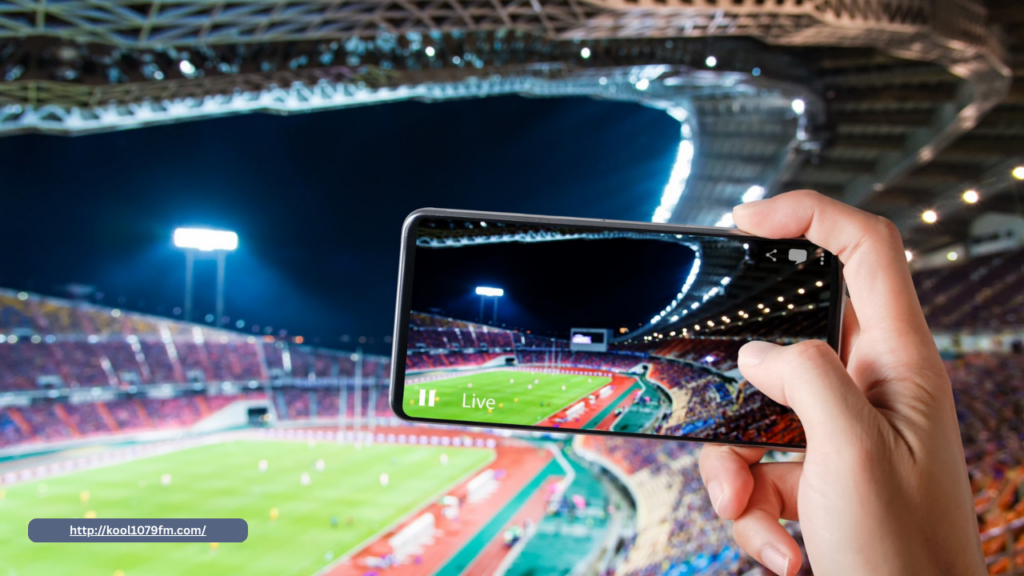
The way sports are consumed, discussed, and experienced has undergone a profound transformation in recent years. Traditional broadcasting networks once held a monopoly over live sports coverage, but the rise of streaming platforms and social media has fundamentally reshaped the sports media landscape. Fans now have unprecedented access to content, and athletes have direct lines to their audiences—creating a revolution that’s changing the game for everyone involved.
The Rise of Streaming in Sports
Streaming services have emerged as major players in the world of sports broadcasting. Platforms like ESPN+, Amazon Prime Video, Peacock, and DAZN have secured rights to stream everything from major league games to niche sports. These services offer more flexible, on-demand viewing options that cater to the habits of modern audiences, especially younger viewers who prefer mobile access and customized content.
Unlike traditional TV schedules, streaming allows fans to watch games live or replay them at their convenience. Many platforms also provide interactive features such as multi-angle viewing, real-time stats, and integrated social media commentary. This level of engagement is helping to attract a new generation of fans who value accessibility and personalization.
The Social Media Impact
Social media platforms like Twitter (X), Instagram, YouTube, and TikTok have become essential tools for sports content consumption. Highlights, post-game reactions, behind-the-scenes footage, and athlete-generated content are shared instantly, often reaching millions within minutes.
For sports leagues and teams, social media offers a powerful avenue for marketing, fan engagement, and brand building. Athletes themselves have become content creators, using their platforms to connect with fans, share personal stories, and promote causes or sponsors. This direct communication has helped humanize players and deepen fan loyalty.
Viral moments—whether it’s a spectacular goal, a controversial call, or a funny locker room clip—often originate on social media, driving global conversations that extend far beyond the game itself. In this new ecosystem, the line between sports coverage and entertainment is increasingly blurred.
Monetization and New Opportunities
The shift to digital has also opened up new revenue streams. Brands now sponsor content on streaming services and collaborate with athletes for influencer campaigns. Pay-per-view models, subscription tiers, and targeted advertising have replaced the traditional one-size-fits-all model of network TV.
In addition, user-generated content and independent sports creators have flourished. YouTubers, podcasters, and TikTok personalities are now part of the sports media conversation, offering fresh perspectives and alternative commentary that resonates with younger audiences.
Challenges and the Future
Despite its many advantages, the sports media revolution comes with challenges. Fragmentation across multiple streaming platforms can frustrate fans who must juggle various subscriptions to follow their favorite teams. There are also concerns about access and equity, as high-quality coverage increasingly moves behind paywalls.
Nevertheless, the direction is clear: sports media is becoming more democratized, interactive, and player-driven. As technology continues to evolve, so too will the ways fans experience and engage with sports.
From stadiums to smartphones, the sports media revolution is well underway. For athletes, leagues, and fans alike, the game will never be the same.

